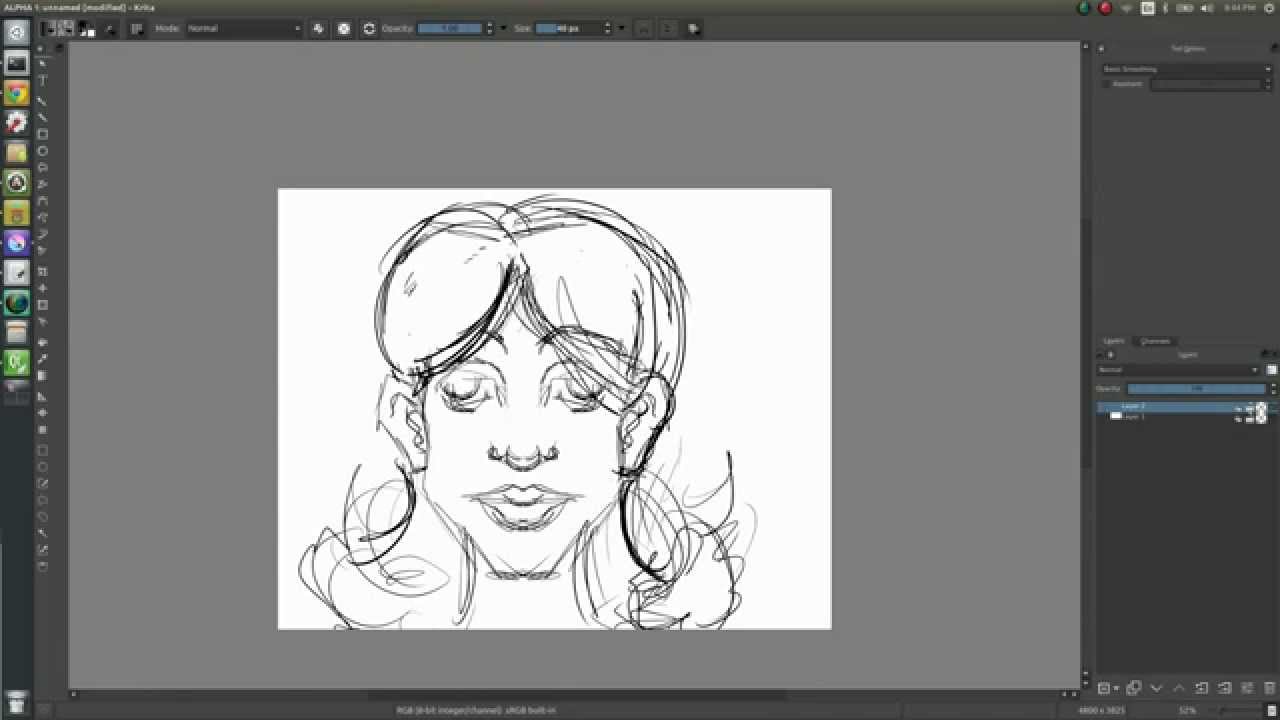

In the first illustration, where we will create a strawberry-shaped house, vector graphics are used as the base colors. But the way Vectors are used in each of these illustrations is very different. These two illustrations have something in common, that is, they both use the Vector technique combined with the Raster technique. From the process of creating gradient presets, editing the gradient colors, until applying gradients using various methods.Īfter we learn the techniques, we will put them into practice by creating two different illustrations from start to finish. Then, you will also learn the " Gradient" feature in detail. Including how to access hundreds of different “ G'Mic filters”. We will discuss various filters such as "HSV", "Levels", "Color Balance", and so on. You will also learn the ins and outs of “ Filter” and “ Mask” in Krita. From making basic primitive objects, to being able to create custom complex shapes. Then learn Vector Graphics techniques in Krita. In this course, you will learn advanced selection techniques.


To ensure you can follow the course without problems, it's recommended that you take the basic-level course first, before taking this one. Please note that this online course is the continuation of the basic-level course that was released earlier. If you want to master Krita quickly and easily, then -in sha Allah- this online course is the best solution for you.

If you need software for drawing or creating illustrations, then Krita will make you feel right at home. That is why in Krita, you can find many features related to digital painting that do not exist in Photoshop. Another thing that makes Krita different from Photoshop, is that Krita is more focused on digital painting. So, you don't need to pay anything to download and use it. But unlike Photoshop, Krita is free and open-source software. " Krita" is a graphic application comparable to Photoshop.


 0 kommentar(er)
0 kommentar(er)
